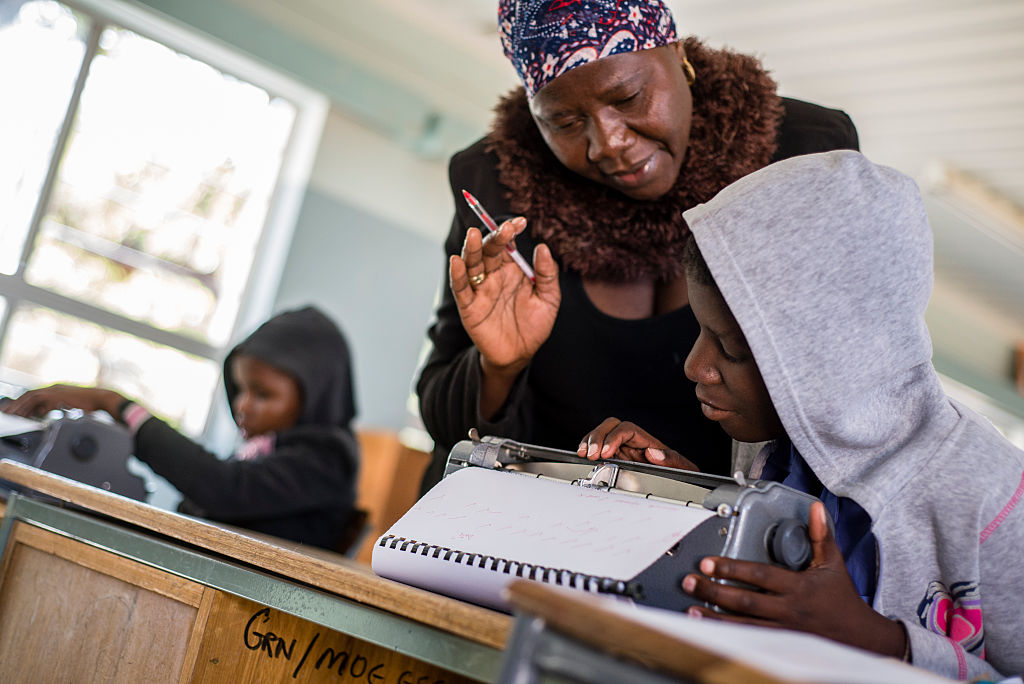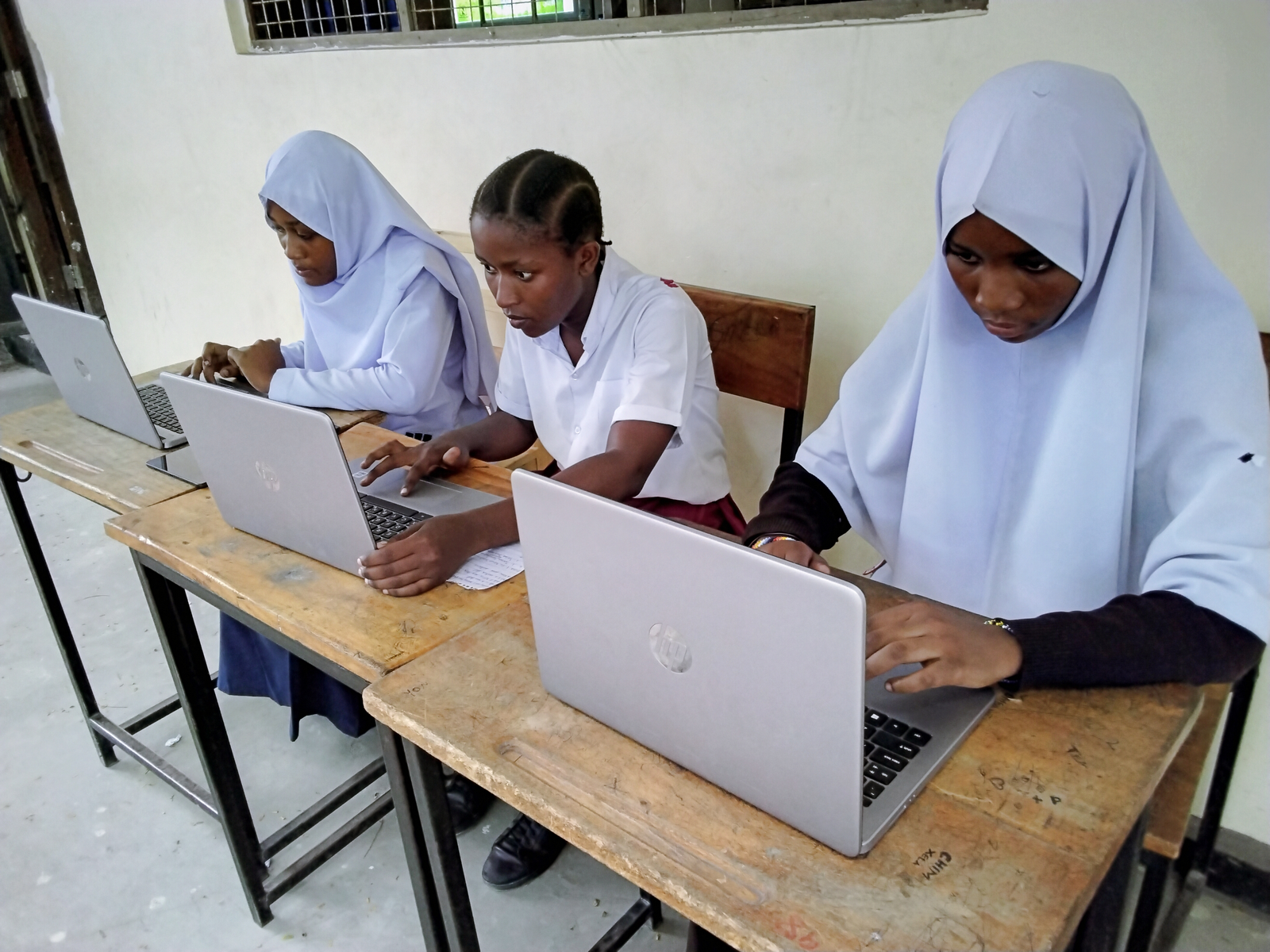
#WriteTheWrong: 18 reasons why 260m children are out of school in 2018
Barriers to education, Child labour, Child marriage, Child soldiers, Children in conflicts, Children with disabilities, Girls' education, Refugees and internally displaced people, Teachers and learning
Theirworld has launched the #WriteTheWrong campaign to spotlight the global education crisis - here we look at some of the causes.
Jump to
- Watch the #WriteTheWrong film
- Conflicts
- Attacks on schools
- Refugee crisis
- Child labour
- Discrimination against girls
- Disabilities
- Poverty
- Child marriage
- Natural disasters
- Hunger
- Language
- Violence at school
- Lack of teachers
- Child soldiers
- Pregnancy
- Journeys to school
- Lack of toilets and sanitation facilities
- Street children
More than 260 million school-age children are not getting an education. It’s a global crisis that is affecting their ability to be children, to learn in a safe environment and fulfil their potential.
Theirworld yesterday launched the #WriteTheWrong campaignlaunched the #WriteTheWrong campaign to highlight the extent of the problem. A powerful animated film shows the realities faced by the one in five children without access to education.
“Many people are not aware of the scale of the education crisis – and the first step to affecting change is to make people aware just how serious the problem is,” said Theirworld President Sarah Brown.
“This is an entire future generation missing out on the opportunity to receive an education and have the best start in life, which every child deserves.”
Watch the #WriteTheWrong film
Here we look at some of the reasons why 260 million children around the world are being deprived of an education and a future.
Conflicts
An estimated 158 million school-age children and adolescents are living in over 20 countries and areas currently affected by armed conflict. Millions have had their education disrupted by wars and conflicts in the past year.
Unspeakable violence against children was revealed in a United Nations report in June.
UN Secretary-General António Guterres said: “The United Nations has verified more than 21,000 violations committed against children in 2017 and reliable reports of more than 10,000 children killed or maimed in armed conflict last year.”
Attacks on schools
Schools are supposed to be safe places for children. But more than 21,000 students and teachers were harmed in attacks on schools and universities around the world over a five-year period, a shocking report revealed in May.
They were targeted in bombings, air strikes, abductions, intimidation, sexual violence and recruitment into armed groups. The result is children staying away from school.
Hundreds of attacks on schools by armed factions around the world showed a “blatant disregard” by armed groups for both international law and children’s lives.
Refugee crisis
More than half the world’s school-age refugees are excluded from education as host nations struggle under the weight of growing humanitarian crises.
Four million refugee children around the world do not attend school – an increase of half a million from a year earlier – the UN refugee agency UNHCR said in a report last month.
Only 61% of refugee children are at primary school – compared to 91% of all children across the world. Just 23% of adolescent refugees attend secondary school, compared to 84% globally.
Child labour
The United Nations wants to eradicate child labour by 2025. But with millions of children under the age of 18 working, that’s going to be a massive task.
Across the world, 152 million children aged five to 17 are victims of forced labour and often miss out on education, according to the International Labour Organization (ILO).
They toil in homes, mines, fields and factories, carry heavy loads, work long hours and suffer exposure to pesticides and other toxic substances.
Discrimination against girls
More than 130 million girls between the ages of six and 17 are still not getting an education – and 75% of them are adolescents, according to a World Bank report in July.
Fewer than two in three girls in low-income countries complete primary school and only a third finish lower secondary school. Only about 40% of girls in sub-Saharan Africa complete lower secondary school.
Girls are four times more likely to be out of school than boys from the same background. The poorest girls also have the least likelihood of completing primary school. There are also often legal, religious and traditional practices that discriminate against girls getting an education.
Disabilities
Children with disabilities are more likely to miss out on school than other children. Even if they go to school, they are more likely to leave before finishing their primary education.
For children who are already marginalised, such as girls and children living in rural areas, a disability creates an additional barrier to accessing education.
The World Health Organization and the World Bank estimate that in some countries “being disabled more than doubles the chance of never enrolling in school”. Throughout Africa, less than 10% of children with a disability are in primary education.
Poverty
Some of the poorest countries in the world struggle to finance an education system for all their children. But evidence shows that if we invest more in education, poverty is reduced at a faster rate, there are long-term health benefits and greater gender equality.
Funding is an important issue when looking at reasons why girls aren’t in school. Education for girls is often the lowest budget priority in many countries.
Daughters are perceived to be less valuable once educated and less likely to abide by the will of the father, brother or husband. Often male siblings will be given the chance to attend school instead.
Child marriage
About 12 million girls a year are married before the age of 18 – often with devastating consequences for their health and education.
Poverty is often the key reason for child marriage but protracted conflicts or natural disasters also put more girls at risk.
The UN is aiming to end the practice by 2030. About 25 million early marriages have been prevented in the last decade, with the biggest decline in South Asia, where the risk of a girl marrying before her 18th birthday has fallen from 50% to 30% in recent years.
Natural disasters
Disasters displaced 18.8 million people in 135 countries last year. Of these, 8.6 million were triggered by floods and 7.5 million by storms, especially tropical cyclones.
They included hundreds of thousands of children whose education was stopped or disrupted due to schools being severely damaged or destroyed by the extreme weather conditions.
The South Asia floods in 2017 destroyed or damaged 18,000 schools and left 1.8 million children out of education.
Hunger
Lack of daily, nutritious meals can mean children dropping out of school or not being able to concentrate in the classroom.
A daily school meal is a strong incentive for families to consistently send their children to school. Just 25 cents can pay for one school meal, while $50 feeds a child for an entire academic year, according to the UN World Food Programme which provides to more than nine million schoolchildren in Africa.
The economic and hunger crisis in Venezuela has driven children out of school. Three million of the country’s eight million students have been missing classes – due to lack of food, transport to get to school or basic facilities such as electricity and safe water.
Language
Millions of children, particularly in rural locations, are much more likely to drop out of school unless they can learn in their mother tongue. About 500 million children are taught in a language they don’t speak at home.
The UN education agency UNESCO has long encouraged mother tongue instruction in primary education, with research showing that it is the optimal language for literacy and learning.
In the developing world, children are more likely to enrol and succeed in school if they are taught in their own language. In particular, girls and rural children with less exposure to a dominant language stay in school longer and repeat grades less often if they learn in their native tongue.
Violence at school
Not only is this a violation of their human rights, it is also one of the most common causes for girls to drop out of school.
An estimated 246 million girls and boys are harassed and abused on their way to and at school every year – with girls particularly vulnerable. In Africa, half of all children said they had been bullied at school.
18 million girls aged 15 to 19 are victims of sexual violence – often leading to school dropout and reinforcing cultural practices such as early marriage.
Lack of teachers
To get every child in the world into school, there will need to be an extra 25 million primary school teachers.
Many existing teachers, especially in the least developed countries, are untrained, underpaid and working with scarce resources.
In many countries affected by conflict, there can be a lack of teachers because they have been become targets for attacks and intimidation. Many teachers also drop out because they are poorly paid or spend too much of their time on non-teaching duties.
Child soldiers
Children have been used in wars in at least 18 countries since 2016, says Child Soldiers International.
More than 20% of the 197 UN member states still enlist children into their militaries, including 17 states which enlist as young as 16.
About 19,000 child soldiers are still serving in South Sudan – although a few hundred have been freed this year.
Pregnancy
In many parts of the world, girls who are pregnant – regardless of their circumstances – will be excluded from school.
Many do not return after giving birth due to those rules, stigma, fees, lack of childcare and the unavailability of flexible school programmes.
About 16 million girls aged 15 to 19 and some one million girls under 15 give birth every year—most in low- and middle-income countries, according to the World Health Organization.
Journeys to school
A simple walk to school can be extremely unsafe or intimidating for some children. Many parents refuse to send their children – particularly girls – to school in case they are harassed, exploited or sexually abused.
Many children in remote communities also have to make the most unimaginable and dangerous journeys every day to access education.
Some walk along treacherous cliff edges. Others trek into the mountains for miles or cross broken bridges to be at school on time. For children living in rural or poverty-ridden areas there is no quick solution and often it is easier to quit school.
Lack of toilets and sanitation facilities
Nearly half the world’s schools lack clean drinking water, toilets and handwashing facilities, putting millions of children at risk of disease, experts have warned.
Almost 900 million children have to contend with a lack of basic hygiene facilities during their education, putting their health at risk and meaning some have to miss school.
In parts of sub-Saharan Africa and other regions, girls can miss out on up to five days of school per month or stop going to school entirely because of insufficient access to water and hygiene facilities, no separate toilets for girls and a lack of sanitary supplies. Many girls also worry about sexual advances from boys in mixed toilets.
Street children
The United Nations estimates there are up to 150 million street children in the world – but the exact number is unknown because they are often under the radar of education and social services organisations.
Children living or working on the streets can have complex circumstances and are very vulnerable to exploitation and violence. It’s hard to reach them with vital services such as education and healthcare.
They miss out on their right to education because they are trying to support themselves or their families, so less formal approaches might be needed to try to get them into learning.
More news

